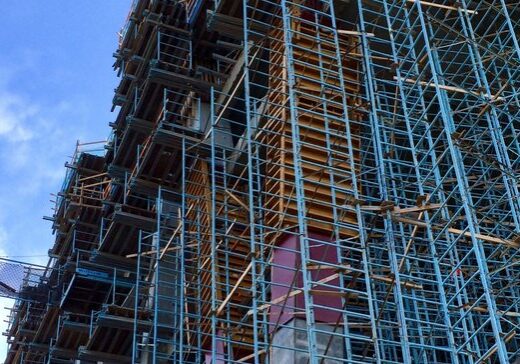Recent News
Construction spending will increase 7% in 2018


In its first-quarter construction outlook report, management and investment consultancy FMI Corporation predicts that total engineering and construction spending in 2018 will increase 7%, nearly double the 4% rise seen in 2017.
- FMI also forecast that residential improvements (12%), single-family residential (7%) and office construction (9%) will lead spending growth in 2018, accompanied by healthcare, education, transportation and communication projects. Expected to be the lowest-performing segments are religious (-4%) water supply (-3%) and sewage and waste disposal (-1%). FMI said multifamily, hotel, manufacturing, power and highway spending will remain stable at 0% to 4% growth.
- While the industry has been looking forward to a strong program of infrastructure improvements since the president made it a priority even before he was elected in 2016, FMI said flat federal investment and rising interest rates that could discourage P3s were factors that led to the firm predicting spending would decline in that segment. In addition, FMI said new tariffs could affect spending growth in manufacturing and power, although the industry expects the resulting increase in steel and aluminum prices to affect any construction project using those materials, like bridges and skyscrapers.
Some industry sources have already reported a 10% increase in material prices because of the tariffs — 25% on steel and 10% on aluminum. This is on top of the rise in material costs that contractors were already seeing.
Construction spending, according to the U.S. Census Bureau’s most recent report in April, was up only 0.1% from January 2018 to February 2018. Year-over-year spending rose by 3%. According to Anirban Basu, chief economist for the Associated Builders and Contractors, rising material prices are part of the equation, but spending is also being held back by a lack of qualified workers from field staff all the way to in-house positions like estimators.
Groups like the Associated General Contractors of America have long advocated for increased career and technical training programs to beef up the pipeline of new workers coming into the construction industry. While that’s a good start and a way to fill future positions, the industry is struggling to fill positions right now.
Some contractors have engaged recruiting firms to help them find superintendents, projects managers, estimators and other mid-management and technical field and office positions. Constantly engaged with the local labor force, these companies are often in the best position to find qualified and available workers.
Check out our latest video
Exploring our target industries
At Davalyn, our tenured team of niche-focused talent acquisition experts takes on the hiring challenges of a diverse and growing set of industries. Make our perspectives your most powerful recruitment and retention resource.







